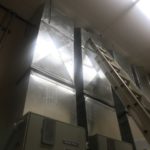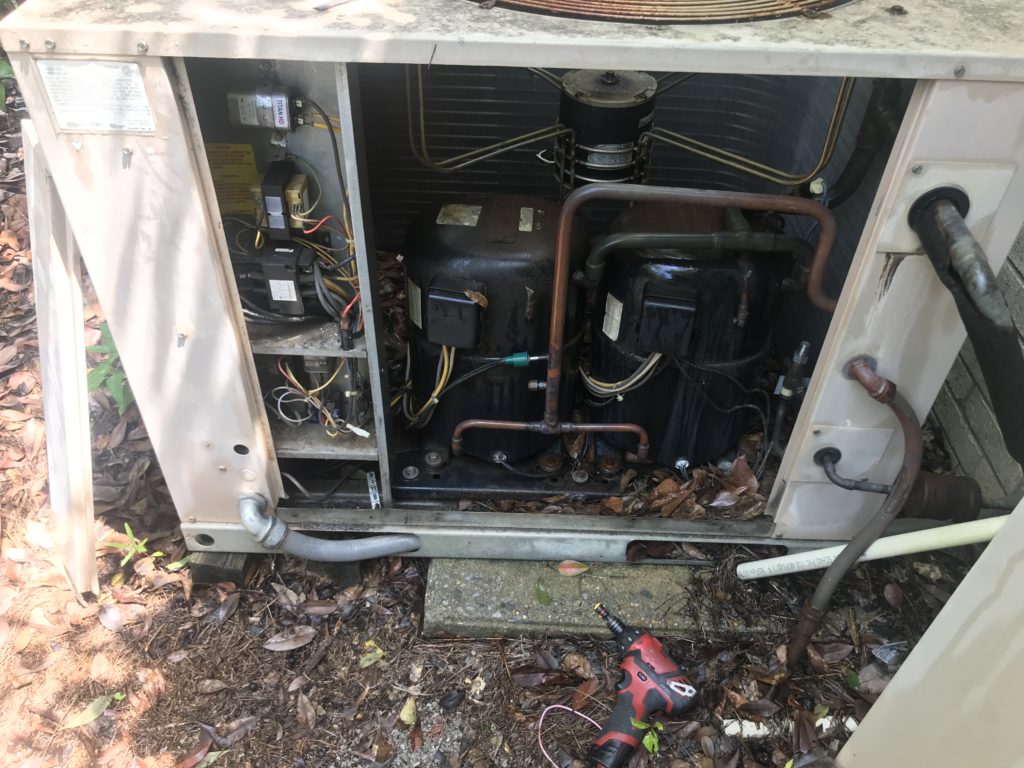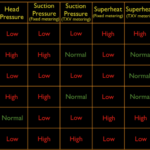Mechanical (vapor compression) refrigeration is based upon the boiling point principle…liquids can be vaporized at any temperature by controlling the pressure above the liquid. Most people think about boiling point as a temperature when it is actually a temperature and pressure. Water, for instance, boils at 212˚ at sea level. Sea level atmospheric pressure is the familiar 14.7 psia. In order for water to boil in an open container at sea level, the water temperature has to reach 212˚ in order for the liquid pressure to reach 14.7 psia. Once it reaches 212˚, additional heat results in the phase change to vapor (steam).
The heat creating the phase change is referred to as “heat of vaporization.” If the open container is at a higher elevation, the atmospheric pressure is less than 14.7 psia so the boiling point temperature is less than 212˚. Atop Mt Everest, some 30,000 feet above sea level, water will boil at around 160˚. And as the video illustrates, water in a closed container subjected to a vacuum, will boil at a temperature less than 212˚.
R-410A has a sea level boiling point temperature around -60˚. If you wanted to work with the refrigerant in the liquid phase in an open container, you’d have to be at the south pole in the winter time when south pole temperatures can be that low.
So, heat pump systems control cool cycle evaporator pressures to provide refrigerant boiling point temperatures in the 40+˚ range. As the liquid flows through the evaporator circuits, it takes in “heat of vaporization” from the air passing through the coil and undergoes the phase change to vapor.
Wayne


